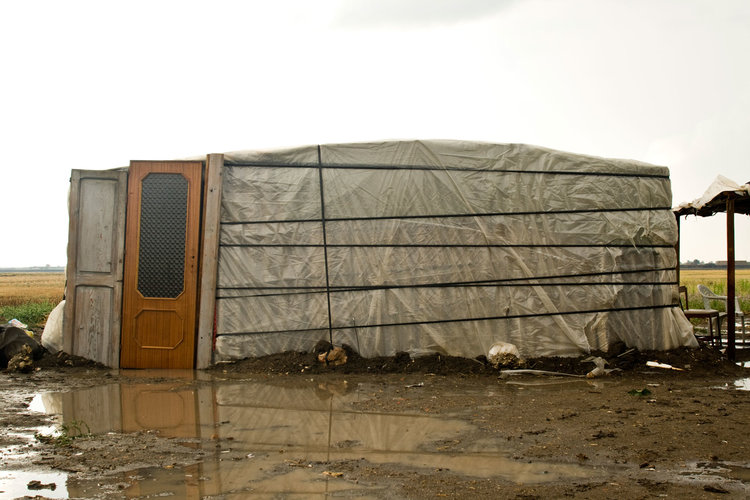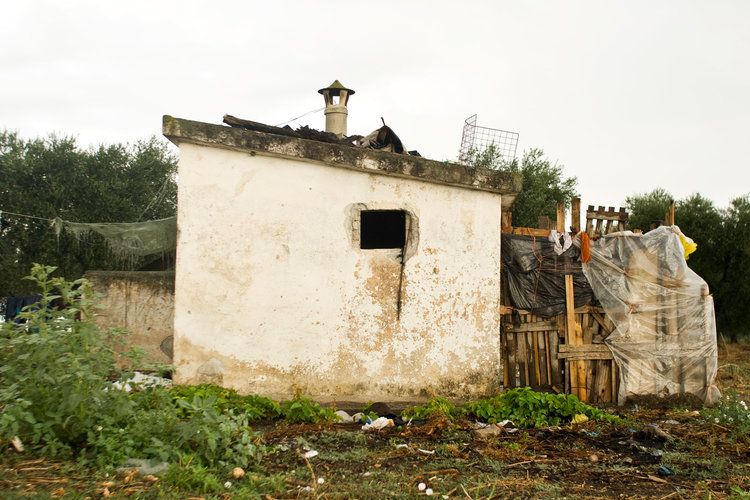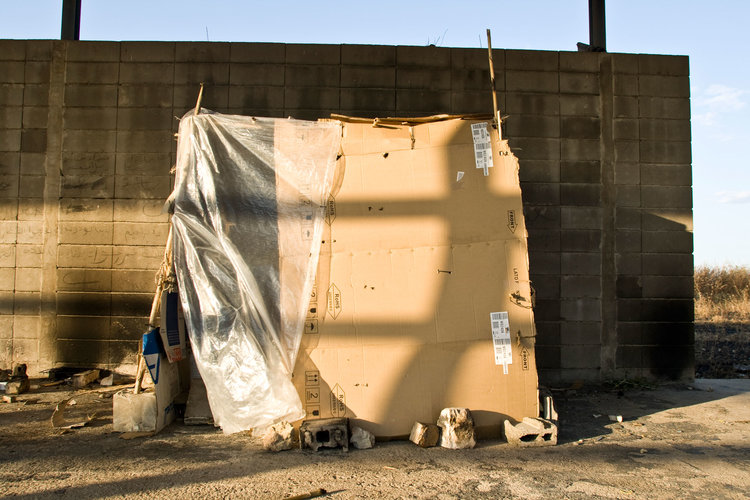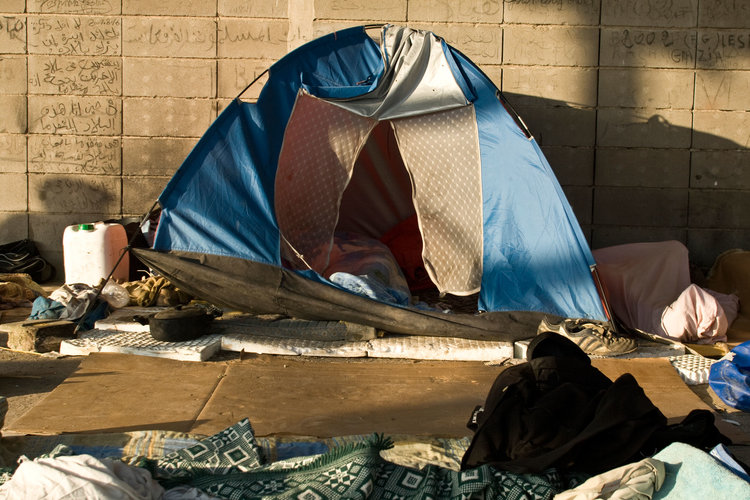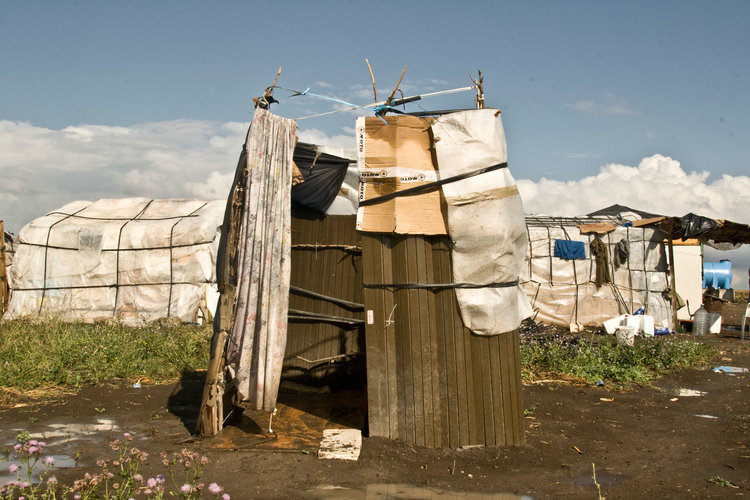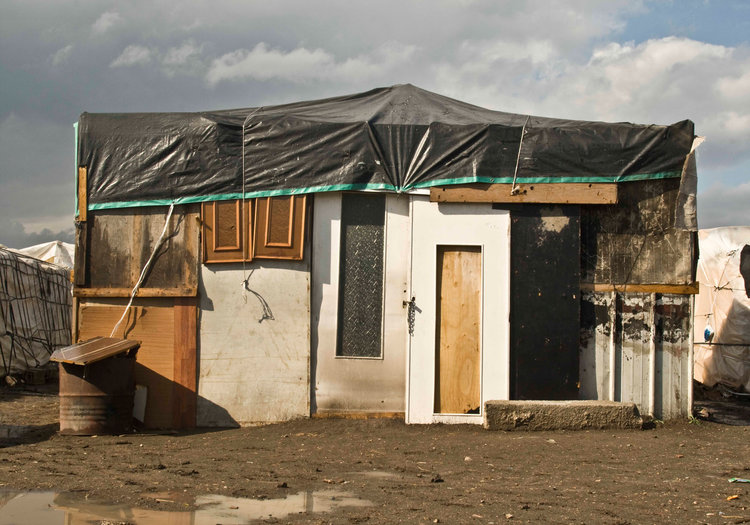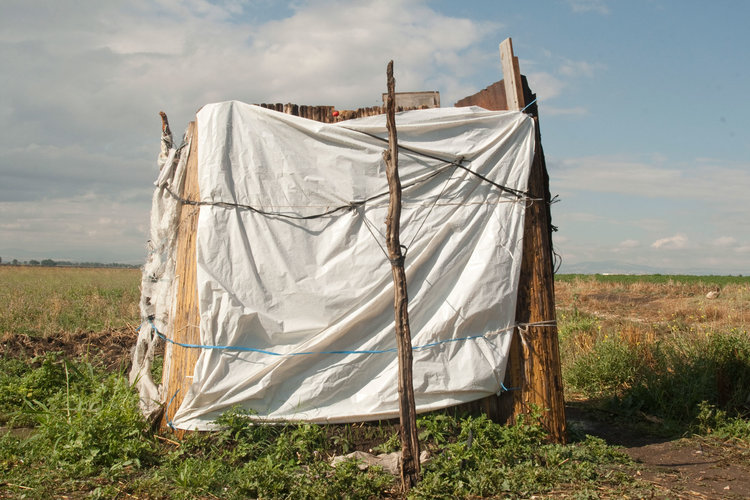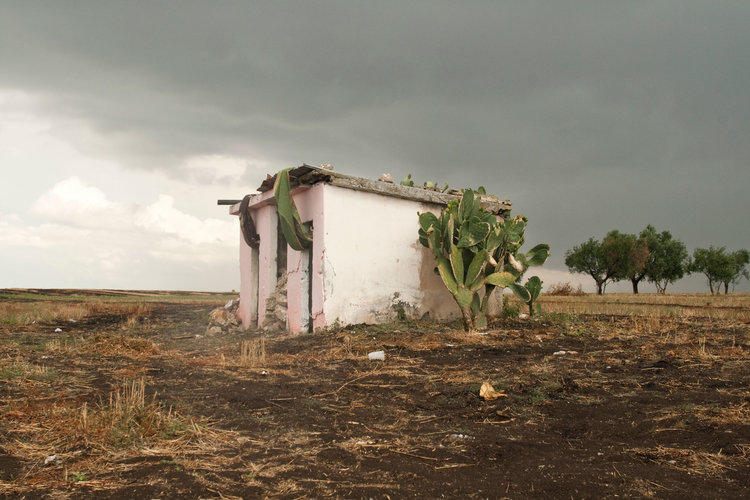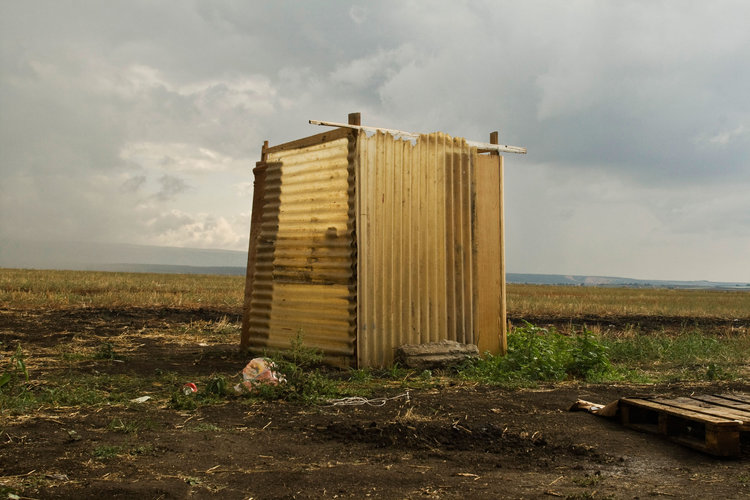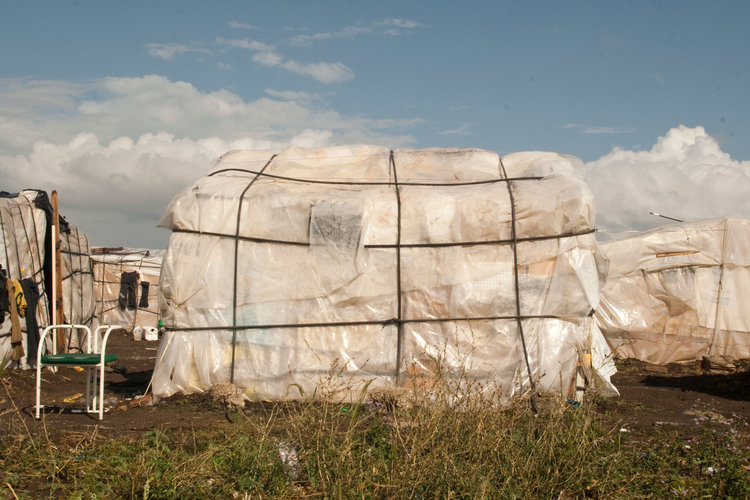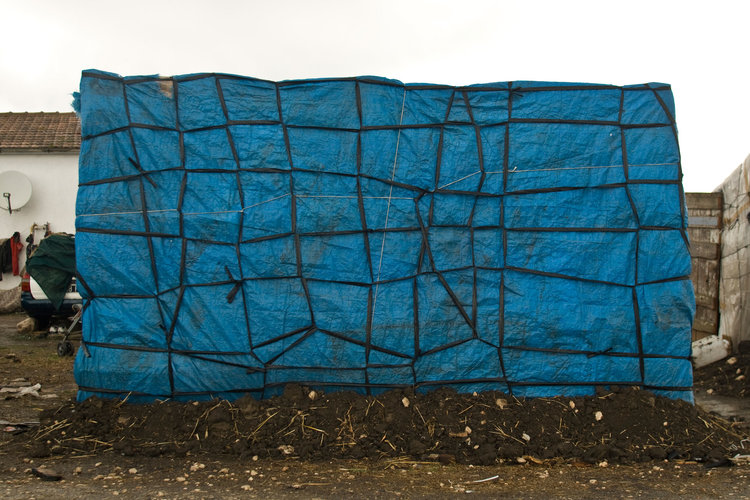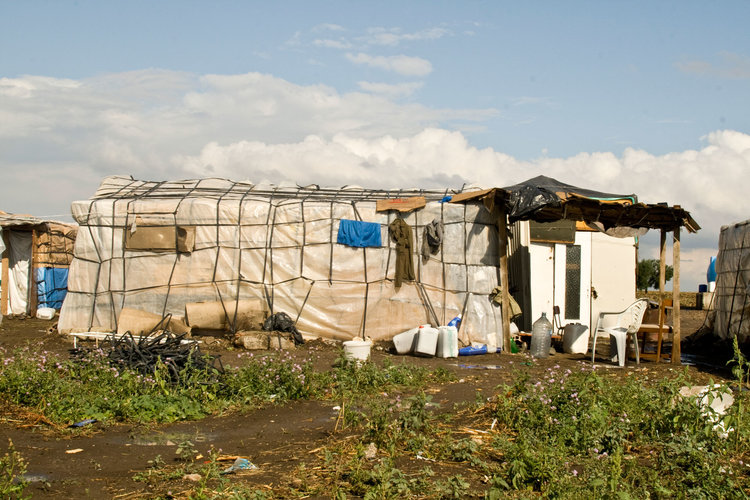ORO ROSSO
BY MICHELA FRONTINO
5 am. Thousands of seasonal workers leave their ghettos to reach Daunia lands, a district nearby Foggia in South Italy, where they normally spend 12 hours a day working in the fields to fill up an average of 10 to 12 harvest bin of tomatoes. They are paid accordingly to their productivity: € 3 per harvest bin which normally weights 300 Kilos. At the end of the day they get € 36 gross pay, minus the cost for the transport to the fields. They are offered a packed lunch for € 2, 50 for a sandwich and a tuna can. It turns out that agricultural workers in the South of Italy are around 80.000, a number that is constantly increasing. They arrive in Italy to look for accommodation and a job in order to send money to their relatives. They end up becoming enslaved workers with no chance of changing their condition, instead. They emigrate from Morocco, Tunis, Togo, Mali, Burkina Faso, Senegal, Poland, Romania, Albania, to find place in a warehouse in the country side, far from the surrounding cities. They wait there hoping that the farm employers “caporali” call them to work, even for just one day and with no guaranteed salary. Enslaved workers live in strenuous conditions, with no drinkable water, electricity or toilet facilities, forcing them to go outside for their basic needs. They are not provided with health assistance or fundamental civil or labour right. As the warehouse gets overcrowded, many share the same bed sleeping on a mattress or on the floor. With no access to water, they are forced to walk long distances to get the nearest irrigation sites or public fountains.
The “Oro Rosso” (Red Gold) project has been realized in the fields of the small towns of Cerignola, Candela, San Severo. In the Rigno Scalo ghetto, the author met migrants living in unsustainable conditions, social exclusion and vulnerable to violence and intolerance. Migrants packed in wooden barracks, built with reused materials, or in unfinished old colonial houses, where the walls are precarious and partly destroyed. These are their homes, as far from the cultural and social integration ideal as they seem surreal.

